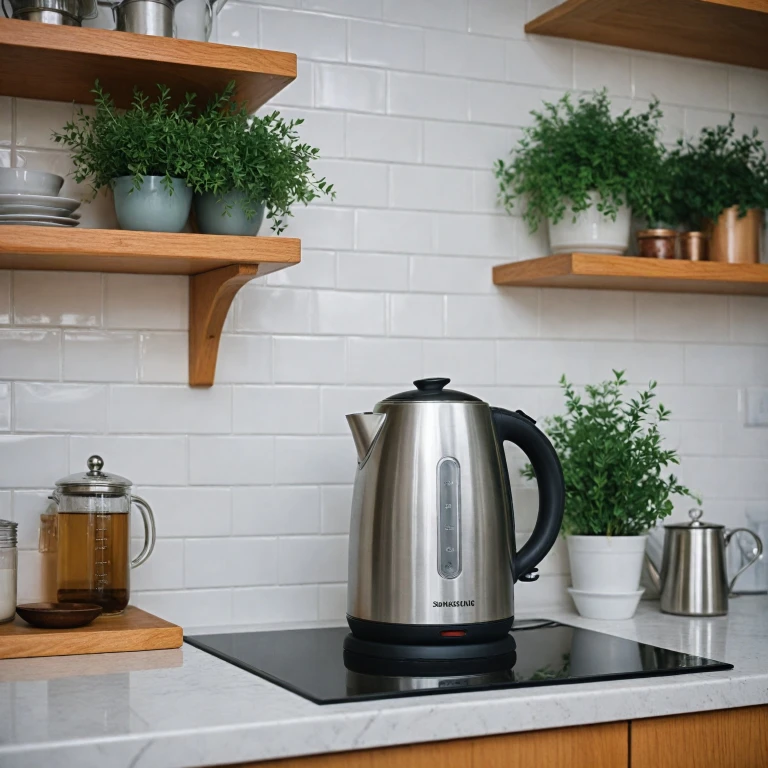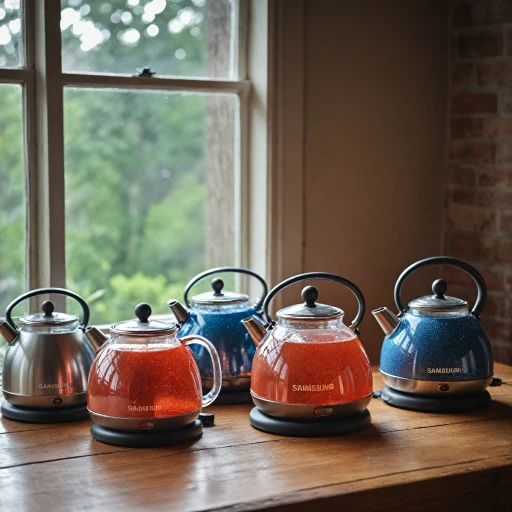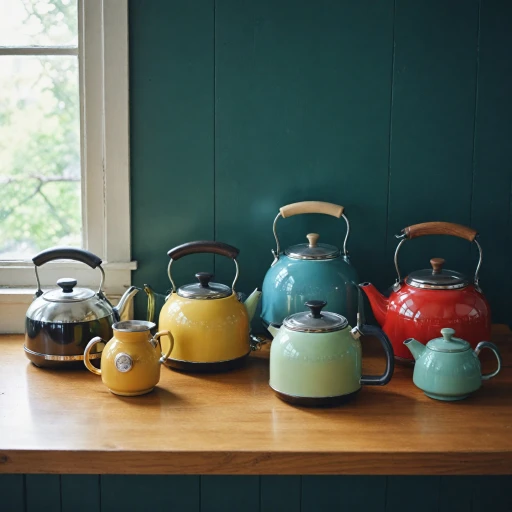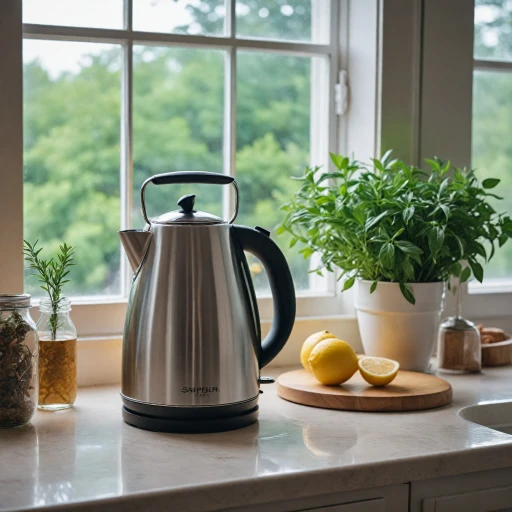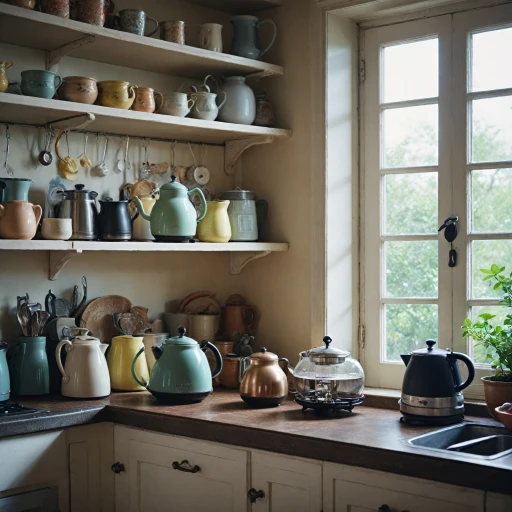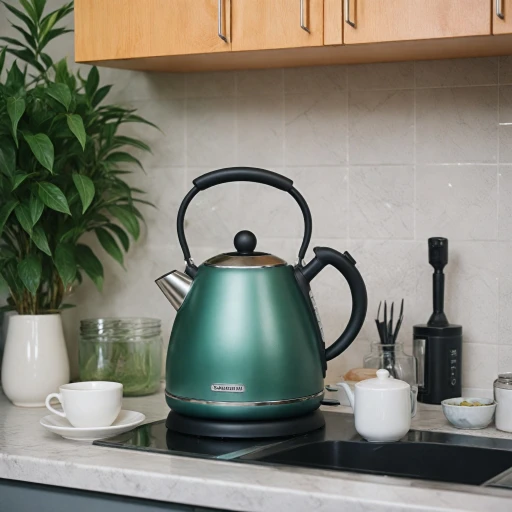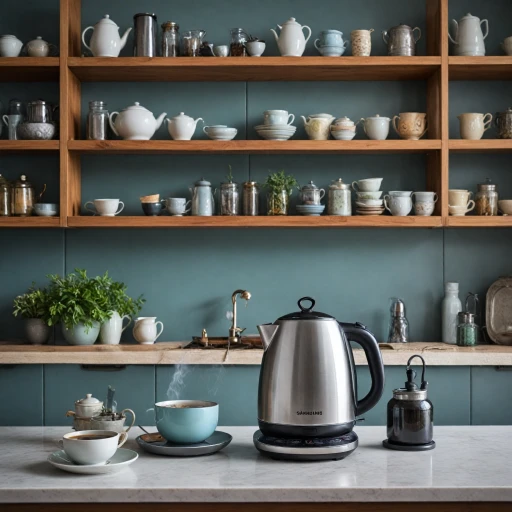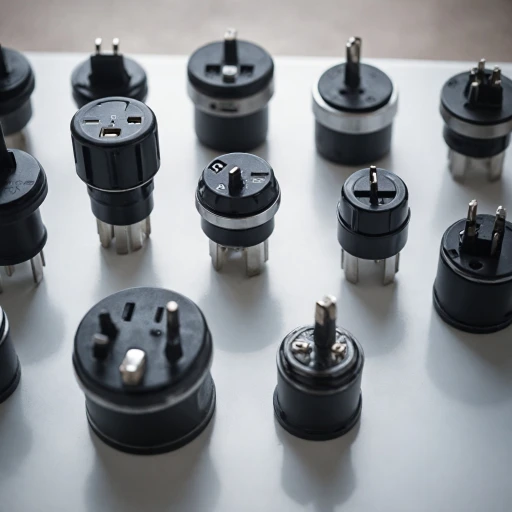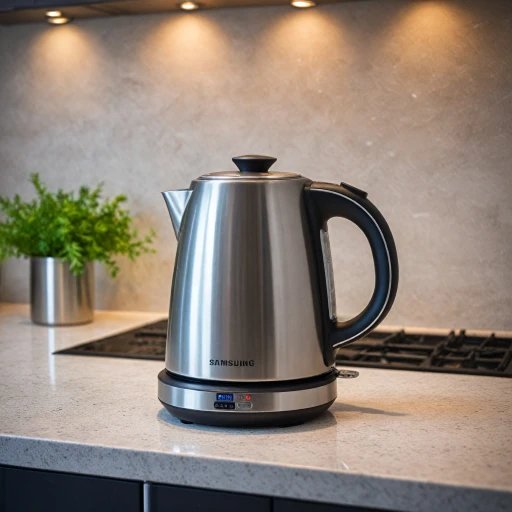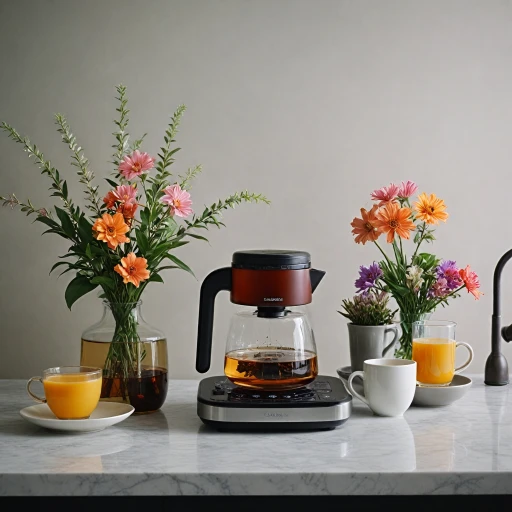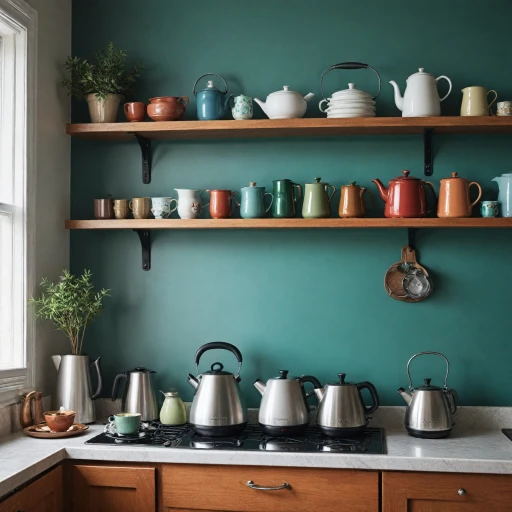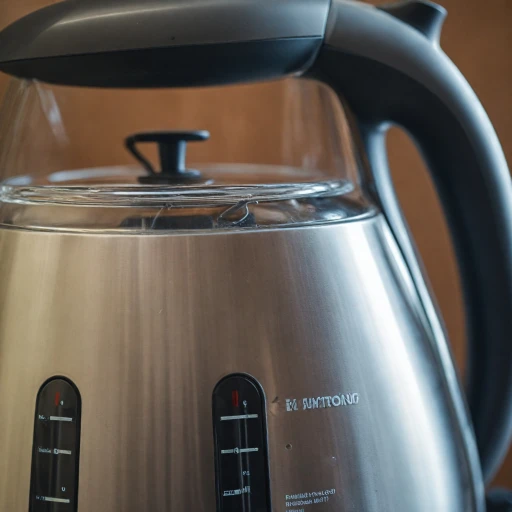
How a Water Boiler Electric Kettle Works
Unveiling the Mechanism Behind Electric Kettles
Electric kettles have become an essential appliance in many kitchens, offering a convenient way to boil water quickly for tea, coffee, and other hot beverages. Understanding how these devices work can help consumers make informed decisions when selecting a model that fits their needs.
At the core of every electric kettle is a heating element, typically made from stainless steel, that heats the water. When you fill the kettle with water and switch it on, electricity flows through the heating element, rapidly raising the water's temperature until it reaches a boil. This process is efficient and fast, often taking just a few minutes to boil a liter of water.
Most modern electric kettles feature an automatic shutoff function, which stops the heating process once the water has boiled. This not only prevents energy wastage but also enhances safety by reducing the risk of the kettle boiling dry. Some models, like the Hamilton Beach kettle, also include boil-dry protection to further ensure peace of mind.
Electric kettles come in various designs and materials, including glass, stainless steel, and even BPA-free plastic. Glass kettles offer a visually appealing way to watch the water boil, while stainless steel models are known for their durability. Some kettles also feature a gooseneck spout, which is ideal for precise pouring, especially when brewing coffee.
When choosing an electric kettle, consider the timeless appeal of copper tea kettles as well. While not as common as other materials, copper offers excellent heat conductivity and a classic aesthetic.
As you explore the world of electric kettles, keep in mind the various features and functionalities that can enhance your brewing experience. From variable temperature settings to keep-warm functions, the right kettle can make your daily tea or coffee ritual more enjoyable and efficient.
Key Features to Consider
Essential Features for Optimal Performance
When selecting an electric kettle, it's important to consider the features that will complement your specific needs. With a wide array of models available, understanding these key features can make your decision easier.- Material and Design: The construction material impacts both aesthetics and performance. Stainless steel kettles are durable and offer a sleek look. If you're keen on seeing the water boil, a glass kettle might be appealing. Both materials are often available in BPA-free options, granting you peace of mind regarding safety.
- Variable Temperature Control: Temperature control is crucial, especially if you're an avid tea or coffee enthusiast. Many models, including those with gooseneck designs, allow you to set precise temperatures for different beverages, ensuring that you brew your tea or coffee to perfection.
- Capacity: Consider how much water you need to boil regularly. Standard kettles usually range from 1 to 1.7 liters. If you have a large household or frequently entertain guests, opting for a larger capacity kettle might save time.
- Safety Features: Look for kettles with dry protection and automatic shutoff features. These are designed to prevent damage and accidents, switching the appliance off once the water begins to boil or if the kettle is empty.
- Ease of Use: Features like easy-pour spouts, comfortable handles, and simple control interfaces enhance usability. Maintenance is also made easier by removable filters and wide openings for cleaning.
- Keep Warm Functionality: Some electric kettles include a keep-warm feature that maintains the desired water temperature for a set period, beneficial for busy mornings or long tea sessions.
Energy Efficiency and Environmental Impact
Evaluating the Environmental and Energy Impact
Choosing an electric kettle isn't just about boiling water. It’s essential to consider its energy efficiency and the environmental impact it has. Modern electric kettles, from stainless steel models to stylish glass kettles, are often designed to be more energy-efficient than their traditional stovetop counterparts. This is crucial as it not only reduces your electricity bills but also minimizes your carbon footprint. Many electric kettles come with features that contribute to their energy efficiency. The shutoff boil feature, for example, automatically turns off the kettle once the water has reached the desired temperature. This prevents unnecessary power consumption when the water might boil dry. Models with a keep warm function are also popular, offering the ability to maintain water temperature without continuously boiling. Moreover, variable temperature control is a feature worth exploring if you regularly make both tea and coffee. Not all beverages require boiling water. Lowering the temperature not only ensures the perfect brew but also saves energy. To gain a deeper insight into how choosing an appropriate temperature can benefit your experience, learn more about temperature control in electric kettles. When evaluating energy efficiency, consider the product specs and look for energy-saving certifications. Some brands have designed their kettles with greener practices in mind, offering BPA-free designs and recyclable materials such as glass and stainless steel. For eco-conscious consumers, investing in an efficient electric kettle not only supports green initiatives but also provides peace of mind as you enjoy your daily beverages with reduced environmental impact.Safety Features and Considerations
Safety Highlights of Electric Kettles
When it comes to using water boiler electric kettles, user safety is a top priority. Safety features are essential not only to ensure peace of mind but also to protect you and your household from potential hazards. Here's what you should consider:
- Boil Dry Protection: A critical feature in modern electric kettles is the boil dry protection. It automatically shuts off the kettle when there's no water inside, preventing damage to the heating element and reducing fire risks.
- Auto Shutoff: In addition to boil dry protection, most electric kettles come with an automatic shutoff function that activates once the water has reached its boiling point. This feature is incredibly helpful for forgetful users as it ensures the kettle doesn't keep running unnecessarily.
- BPA Free Materials: Many electric kettle models, especially those made of glass or stainless steel, are manufactured using BPA free materials, which is significant for health-conscious consumers. It ensures that no harmful chemicals are released into your water during the boiling process.
- Variable Temperature Control: Some advanced models come equipped with variable temperature settings, allowing you to heat water to the desired temperature. This is ideal for tea and coffee enthusiasts who want precision in brewing, and also adds a layer of safety as it avoids overheating.
Choosing a kettle with these safety features not only protects you and your appliances but also enhances your overall experience. Whether it's making tea, coffee, or just boiling water, a little attention to safety can go a long way in ensuring the longevity and reliability of your electric kettle.
Comparing Brands and Models
Evaluating Brands and Models: What to Look For
When talking about electric kettles, the decision can often come down to choosing between various brands and models. As there are myriad options available in the market despite their common purpose of boiling water, there are key aspects you should consider.- Materials Matter: One significant factor to keep in mind is the material of the kettle. Stainless steel models are favored for their durability and ease of cleaning. If you're all about a modern aesthetic, glass kettles provide a sleek look and allow you to watch the boiling process.
- Consider the Features: Some kettles come with additional features like variable temperature control, which is essential for tea enthusiasts who prefer their brews at a specific heat. A keep warm function also adds convenience by maintaining the water temperature for extended periods.
- Brand Reliability: Companies known for their long-standing reputation often offer reliable products. Hamilton Beach, for instance, is renowned for its quality and innovation in the world of electric kettles. It's worth checking if they provide features like boil dry protection and auto shutoff, which contribute significantly to the safety of their kettles.
- Price Range: The price of electric kettles can vary widely. While you might find budget-friendly options, these may lack some of the advanced features found in more expensive models. Weighing the kettle’s price against its features and your specific needs will help you make an informed decision.
- Type of Kettle: Evaluate the design type that fits your needs—whether it's a gooseneck kettle for precise pouring or a standard liter kettle for everyday use. Each design offers unique benefits for different types of beverage preparation, from tea to coffee.
Maintenance and Care Tips
Keeping Your Electric Kettle in Top Shape
Maintaining your electric kettle is crucial for ensuring its longevity and optimal performance. Regular care not only helps in preserving the appliance but also ensures that your water remains clean and safe for consumption. Here are some essential tips to keep your kettle in excellent condition:
- Regular Cleaning: It's important to clean your kettle regularly to prevent limescale buildup, especially if you live in an area with hard water. A simple mixture of vinegar and water can be used to descale the kettle. Just fill the kettle with the solution, bring it to a boil, and let it sit for a few hours before rinsing thoroughly.
- Use Filtered Water: Using filtered water can help reduce mineral deposits and extend the life of your kettle. This is particularly beneficial for glass kettles, where mineral deposits can be more visible.
- Check the Cord: Regularly inspect the power cord for any signs of wear and tear. Ensure that the cord is not twisted or tangled, as this can lead to electrical issues.
- Dry Protection: Many modern electric kettles come with a boil dry protection feature. This automatically shuts off the kettle if it detects that there is no water inside, preventing potential damage. Ensure that this feature is functioning correctly.
- Exterior Care: For stainless steel and glass models, wipe the exterior with a damp cloth to keep it looking shiny and new. Avoid using abrasive cleaners that might scratch the surface.
- Storage: When not in use, store your kettle in a dry place. If you have a gooseneck kettle or a model with a variable temperature feature, ensure that it's kept in a location where it won't be knocked over or damaged.
By following these simple maintenance tips, you can enjoy peace of mind knowing that your electric kettle is in great condition, ready to brew your next cup of tea or coffee.
